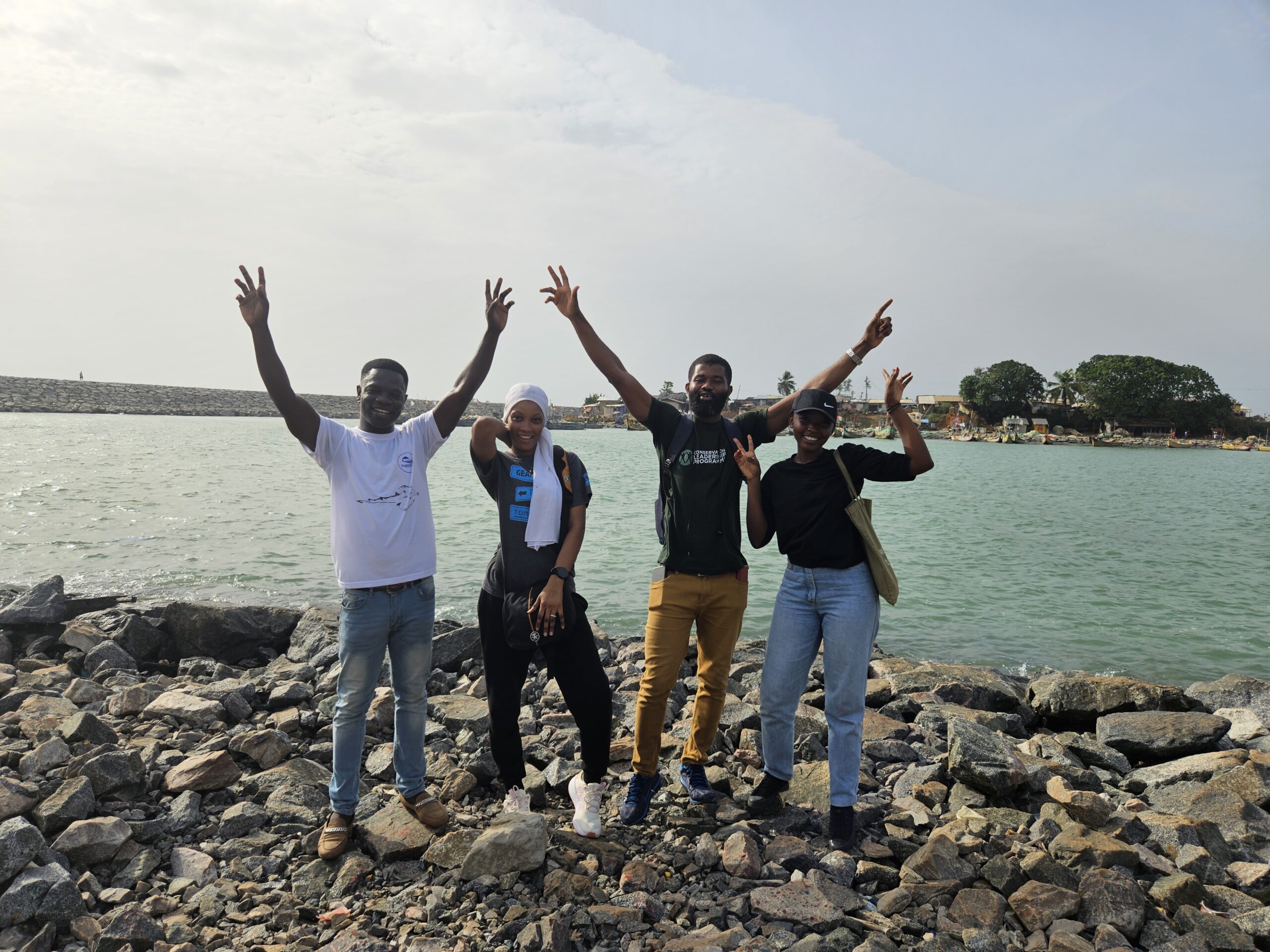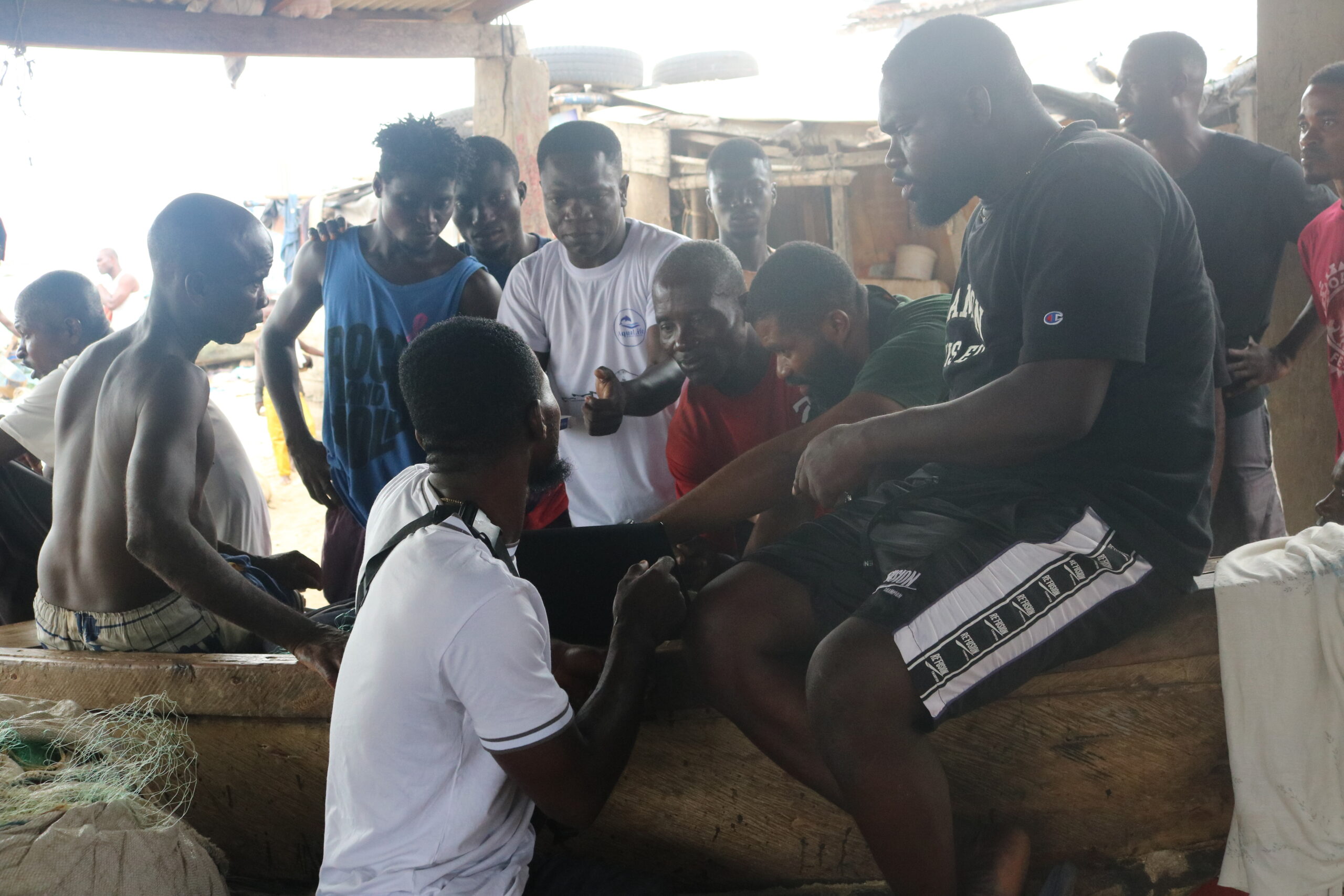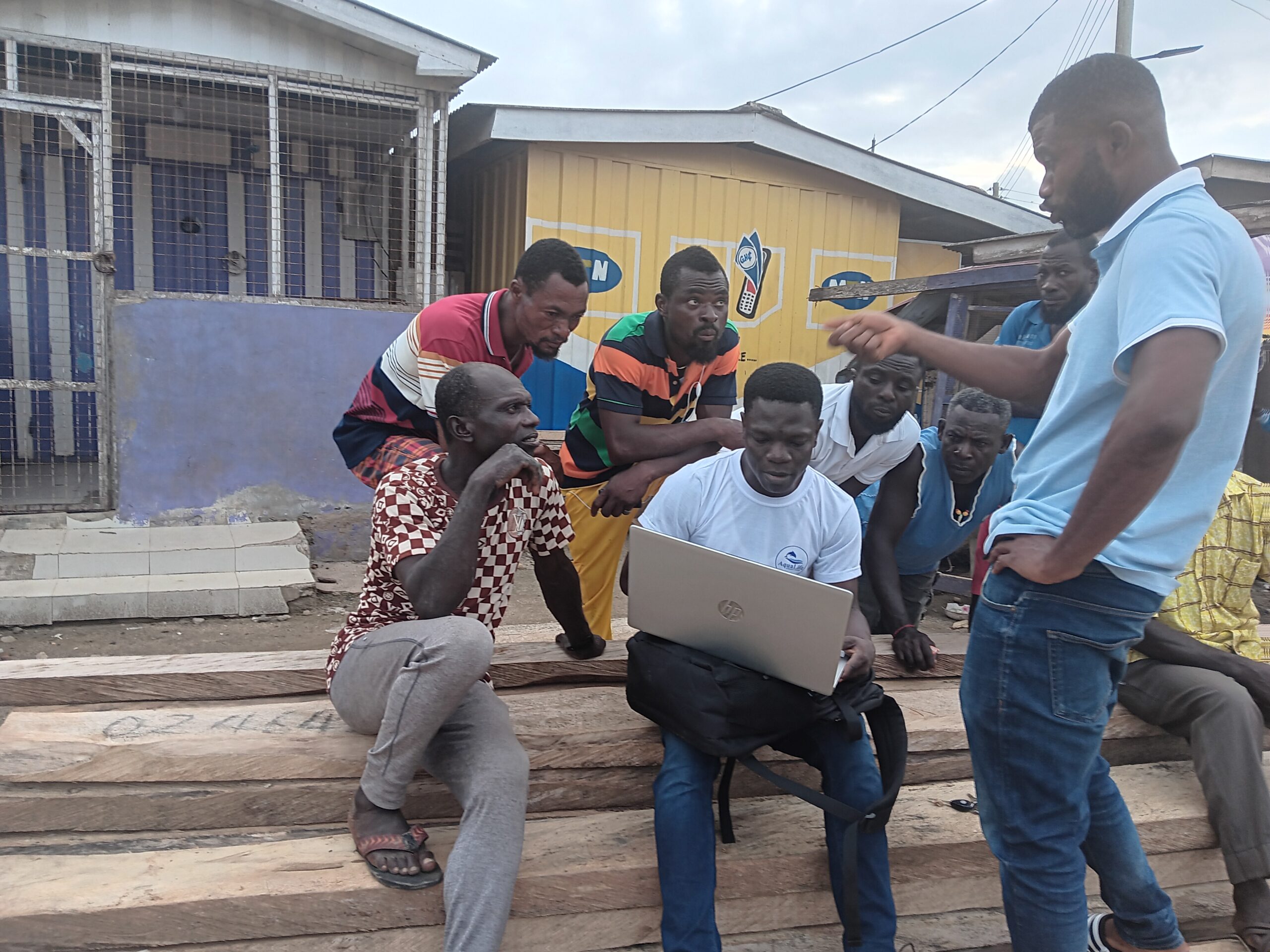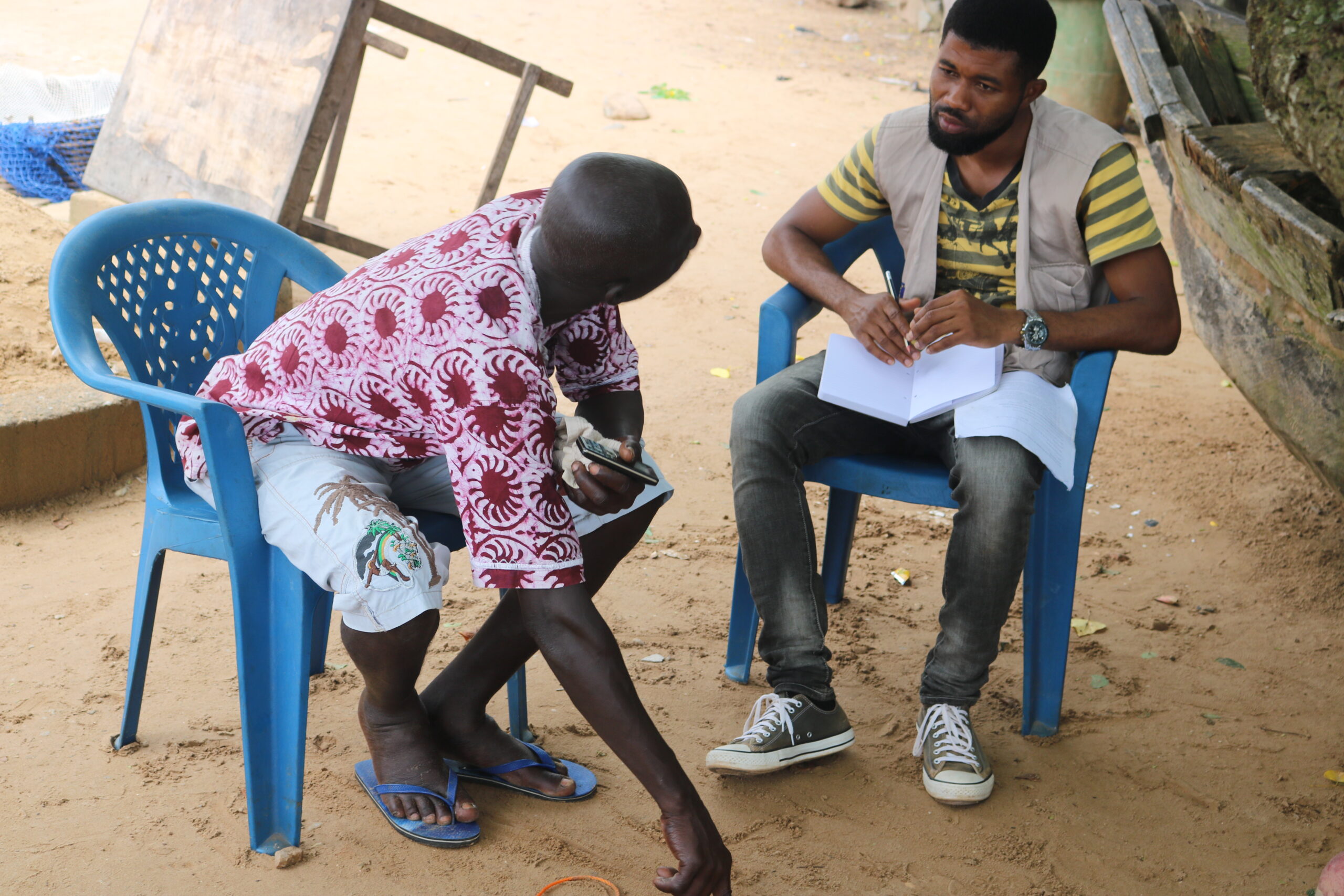Sharks and Rays in Ghana: Advancing the Frontiers of Research and Conservation
Reflecting on our past project successes has been a source of great excitement for me and my team members as we continue to enjoy harmonious relationships with key stakeholders in the fisheries sector, including fishers, traders, and canoe owners. This rapport has enabled the AquaLife Conservancy team to push the frontiers of knowledge regarding sharks and rays in Ghana and across the West African sub-region. The mysteries surrounding the lack of scientific and conservation interest in these unique, charismatic, and highly threatened species in the country have been too significant to ignore. Thanks to the support and inspiration from our partner, the Save Our Seas Foundation, we have pioneered research and conservation efforts for sharks and rays in Ghana. The AquaLife Conservancy team has established a permanent presence in many key elasmobranch fishing communities in Ghana, where we diligently work with fishers, canoe owners, and traders to support the sustainability of sharks and other marine megafauna. Through the SOSF Keystone Grant, we have provided detailed species-specific information on guitarfish, giant guitarfish, and other elasmobranch species, and we are continuing to scale up our activities in additional fishing communities.

AquaLife Conservancy Team members. Photo © Issah Seidu
Our nine trained local volunteers initiated their weekly landing/market surveys in January 2023. Stationed in our newly identified communities, they are tasked with monitoring and recording all sharks and rays landed in their respective areas. Through this initiative, the local volunteers have documented new species, adding two new species (Whitespotted eagle ray, Aetobatus narinari and Spiny butterfly ray, Gymnura altavela) to the rays group, bringing the updated Ghana shark fauna checklist to a total of 38 species—22 sharks and 16 rays.
We have also focused on training 20 migrant and resident fishers in spatial data collection to help us identify, map, and geo-reference their core fishing sites, habitats, and aggregation sites for guitarfish. These areas will be demarcated to design locally managed marine areas (LMMAs) to safeguard the species. So far, we have conducted a series of six informal meetings with migrant and resident fishers to select those interested in joining the team. We are on track to train fishers in the use of GPS tracking devices and Garmin GPS units. We understand that relying solely on information from the fishers may not be sufficient to designate the LMMAs, as there is a possibility of some fishers not providing adequate and accurate information. Therefore, we are further building our capacity in the use of Baited Remote Underwater Video Systems (BRUVs) to support our efforts. Together with this protocol, we hope to map all potential sites, determine species diversity and distribution, and assess the abundance of species below our waters. We recognize that we cannot always estimate abundance, diversity, and composition based on what fishers bring to the landing beaches. This is the right time to dive into our marine waters to better understand what lies beneath and where these species can be located.

Informal interaction and training of boat captains before they depart. Photo © Issah Seidu

Informal interactions with boat captains before departing to sea. Photo © Issah Seidu
Our social dimension is also on the right track. We are using both qualitative and quantitative approaches to collect holistic information on shark fisheries and bio-economic and -ecological data. We have interviewed a total of 45 respondents, including 30 fishers and 15 traders from five newly identified communities. We have documented local knowledge on the threats facing sharks, catch and trade patterns, changes in catch frequency, trade routes, and dynamics, and the socio-economic uses of species that are of high conservation value. We aim to interview an estimated <200 respondents by the end of the project, including fishers, traders, canoe owners, community members, and traditional authorities. Additionally, we plan to leverage our support to build the capacity of fishers and traders to take up alternative livelihood streams. To this end, within the next quarter of this year, we will expand our piloted alternative livelihood empowerment programs (snail rearing and soap making) to 20 additional fishers and traders in two different communities.

Interviewing a fisher. Photo © Issah Seidu
